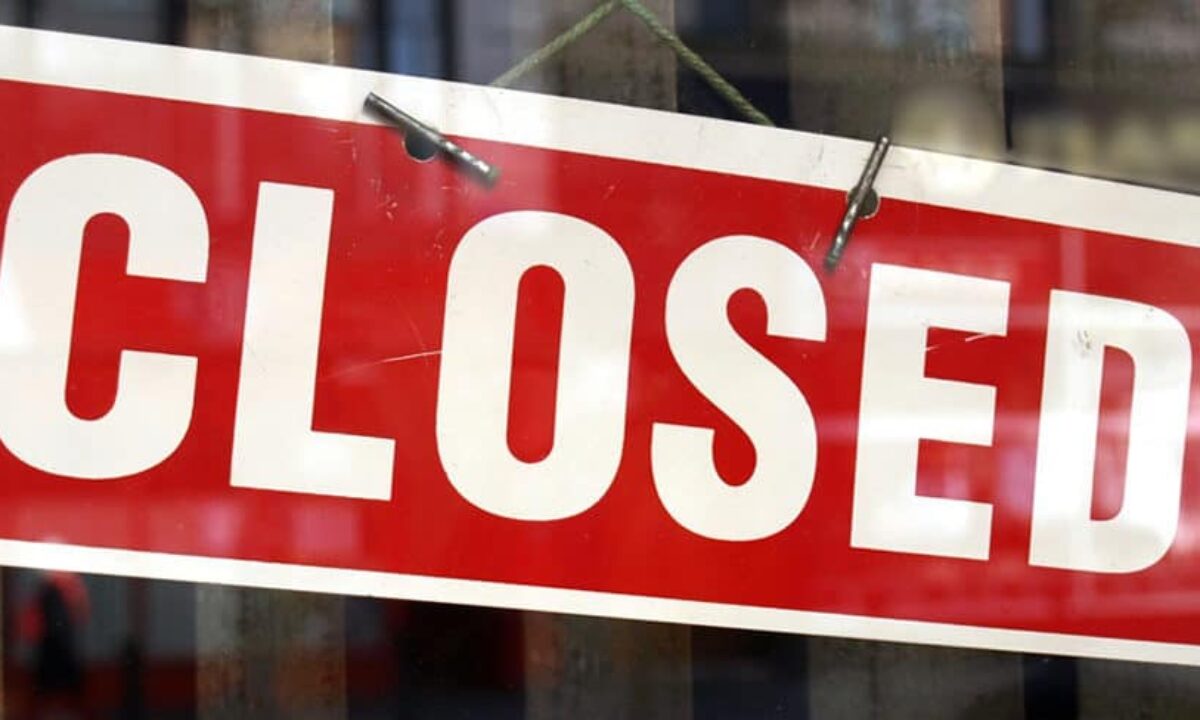About Company Liquidation
About Company Liquidation
Blog Article
The Main Principles Of Company Liquidation
Table of ContentsThe Single Strategy To Use For Company LiquidationCompany Liquidation for BeginnersNot known Factual Statements About Company Liquidation Not known Details About Company Liquidation Facts About Company Liquidation Revealed
A liquidator is particularly selected to manage the winding up of a business's events in order for it to be closed down generally when the company is declaring bankruptcy. The liquidator is a neutral 3rd party that manages the sale of business possessions in order to settle any impressive financial debts.Their duty includes, yet is not limited to: Unbiased Overseer: A liquidator is entrusted with functioning as an unbiased 3rd party to oversee the entire company liquidation procedure. Produce Declaration of Matters: Liquidators should develop a comprehensive declaration of affairs document. This document is dispersed to financial institutions, detailing the existing economic condition of the service at the time of its liquidation.
After the liquidation of a firm, its existence is removed from Firms Residence and it stops to be a lawful entity. If directors navigated the procedure uncreative, there would be no fines or individual liability for firm debts expected. Currently, with a tidy slate, supervisors can check out new business opportunities, though specialist appointment is a good idea.
The smart Trick of Company Liquidation That Nobody is Talking About
If more than 90% of all company investors concur, liquidation can take area on short notice within seven days, the minimum legal notice for financial institutions. Nonetheless, normally, the larger the liquidation and the more properties and capital business has, the longer the process will take. 'Do I need to pay to liquidate my business?', the response will certainly rely on whether or not your business has any assets leftover when liquidating.

We understand that no 2 firms coincide, which is why we will make the effort to learn more about your service so we can advise the very best strategy for you. We just function in your finest passions, so you can be completely certain in the solution we offer.
Getting My Company Liquidation To Work
In the UK, there is an established process to shutting down or restructuring a limited firm, whether it is solvent or financially troubled. This process is recognized as liquidation and can only be handled by a qualified insolvency practitioner (IP) based on the Insolvency Act 1986. There are 4 primary types of business liquidation process: Lenders' Voluntary Liquidation (CVL); Obligatory liquidation; Administration; and Participants' Voluntary Liquidation (MVL).

In these situations, it is very important that the firm ceases trading; if the business proceeds to trade, the directors can be held personally accountable and it might cause the insolvency expert reporting wrongful trading, called misfeasance, which may cause legal action. The supervisors designate a bankruptcy specialist and as soon as this has been concurred and confirmed, there is a conference with the investors.
Certainly, if there are no investors, this step of the process is not needed (Company Liquidation). The IP takes control of the firm and begins the firm liquidation process. The directors are no longer associated with what takes place, why not try these out consisting of the sale of the firm's assets. However, if the directors want any of the assets, they can inform the IP.
The Definitive Guide to Company Liquidation
The primary difference is that the company's creditors used to the court for an ending up order which requires the insolvent firm right into a liquidation process. In many cases, financial institutions take this activity as a last option because they have not gotten payment via other kinds of arrangement. The court designates a bankruptcy professional, also referred to as an official receiver, to perform the obligatory company liquidation procedure.
This type of business liquidation is not voluntary and supervisors' conduct is reported view it now to the UK's Secretary of State once the liquidation process has been finished. Any supervisor that fails to work together with the IP or has actually been involved in supervisor transgression, or a deceptive act, might result in significant consequences.
It is used as a means to protect the business from any kind of legal action by its creditors. The directors of the business concur to make regular repayments to resolve their financial debts over a period of time. The selected manager handles the voluntary administration procedure, and obtains the settlements which they then distribute to lenders according to the concurred quantities.
6 Simple Techniques For Company Liquidation
This gives the firm with time to establish a plan going forward to rescue the firm and stay clear of liquidation. news At this point, supervisors hand control of the firm over to the selected administrator. If a company is solvent yet the supervisors and shareholders intend to shut the company, a Participants Voluntary Liquidation is the right option.
The firm liquidation process is managed by a liquidator appointed by the supervisors and shareholders of the company and they have to sign a declaration that there are no financial institutions staying. The liquidation process for an MVL resembles that of a CVL in that properties are become aware but the proceeds are dispersed to the supervisors and the investors of the company after the liquidator's costs have actually been paid.
Report this page